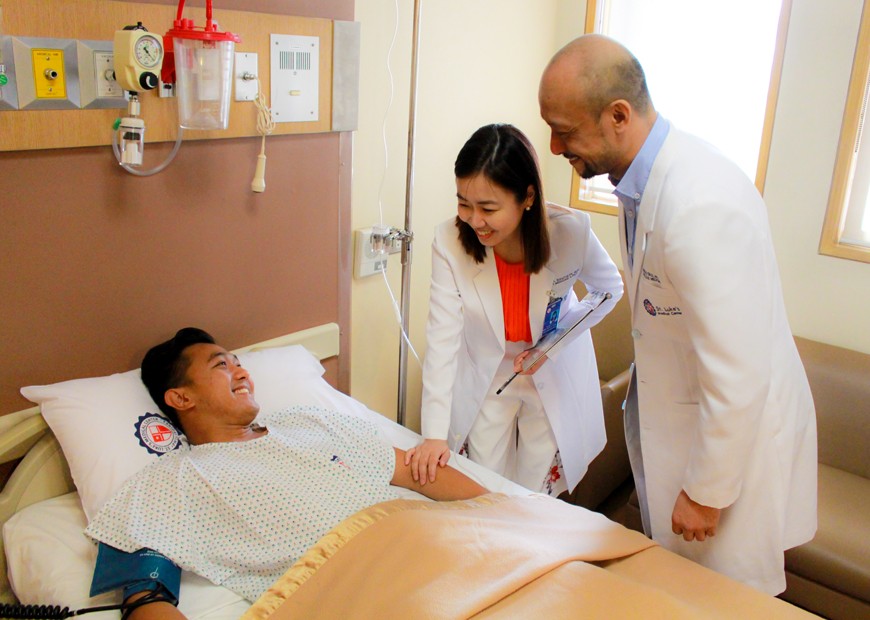St. Luke's Medical Center introduces novel nuclear medicine procedures for Prostate Cancer and Neuroendocrine Carcinoma
Prostate Cancer is one of the most prevalent cancers among men in the Philippines. According to the Philippine Cancer Society, the annual mortality rate due to prostate cancer in the Philippines has increased by 122.5% since 1990, indicating an average of 5.3% a year. Prostate Cancer is a malignant growth in the prostate that can persist for years without producing any symptoms until it has significantly increased in size or metastasized (spread) to other organs.
Aside from Prostate Cancer, Neuroendocrine Carcinoma is also a growing concern in the Philippines. Though this disease can occur anywhere in the body, a neuroendocrine tumor is commonly found in the lungs, appendix, small intestine, rectum, and pancreas.
At present, these diseases are being addressed through surgery, hormone therapy, chemotherapy, radiotherapy, or a combination of these, depending on the stage.
The St. Luke’s Medical Center Department of Nuclear Medicine and Positron Emission Tomography (PET) Center are proud to introduce another first in the country – the Gallium-68 (Ga-68) PET imaging and the Lutetium-177 (Lu-177) radionuclide therapy. These are the latest diagnostic and treatment procedures for castrate-resistant prostate cancer (a state during which the patient is no longer responsive to other types of prostate cancer therapy) and neuroendocrine carcinoma that are already being utilized in cancer centers located in Europe, USA, and Australia. These radiotracers are produced by our highly skilled team composed of a radiopharmacist, radiochemist, and medical physicist using automated top-of-the-line equipment from Germany.
Patients diagnosed with prostate or neuroendocrine cancers may now avail themselves of the Ga-68 PET-CT scans at the St. Luke’s Medical Center’s PET Centers. The latest in diagnostic imaging radiotracers, Ga-68 has higher sensitivity in detecting primary and metastatic prostate and neuroendocrine cancers compared to F-18 FDG. Patients whose tumors take up Ga-68 may then be candidates for therapy using Lu-177, the new treatment modality being introduced by St. Luke’s.
Lu-177 binds to specific receptors in prostate and neuroendocrine cancers. It emits beta radiation that targets the cancer cells. The radiation damages and, over time, destroys cancer cells at the tumor site directly, leaving the rest of the body safe from exposure. It is a painless procedure that aims to reduce the size of tumors and halt their multiplication. Most often applied when the disease has metastasized, it is known to minimize pain and, for most patients, produce long-term remission. It personalizes prostate and neuroendocrine cancer therapy with minimal and temporary side effects. Doctors will be able to see apparent results, pointing toward the locations of lesions, giving them the opportunity to determine the status of the condition and progression of healing.
With both Ga-68 and Lu-177 being offered at St. Luke’s Medical Center, patients with castrate-resistant prostate cancer and neuroendocrine carcinoma (of any stage) can expect to be diagnosed and treated in a single institution. This also enables doctors and medical professionals to provide a more comprehensive continuity of care from assessment to hospital stay.
These new modalities are now available at St. Luke’s Medical Center Department of Nuclear Medicine and PET Center in Quezon City and Global City. For more information, you may call 726-8369 (Quezon City) or 789-7700 ext. 1004 (Global City). You may also send an email at petscan@stluke.com.ph or nmpc.bgc@stluke.com.ph.





